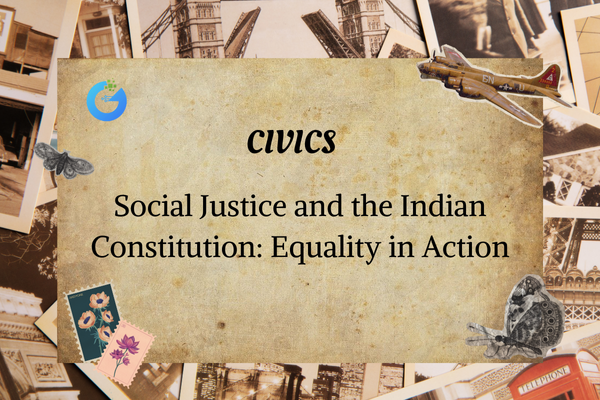Introduction
Imagine a time when most people lived in villages, worked on farms, and made things by hand. Then came a huge shift—machines, factories, and mass production changed everything. This turning point in history is known as industrialization.
Industrialization transformed how goods were made, how people worked, where they lived, and even how they thought. It gave birth to modern cities, global trade, and new technologies—but also created problems like pollution, inequality, and overuse of resources.
expert-led Geography classes – visit our website to learn more
What Is Industrialization?
Industrialization is the process by which a country or region moves from mostly agricultural work to industrial work. This means:
- More goods are made in factories, not homes
- Machines replace hand tools
- People shift from villages to cities for factory jobs
- Mass production begins—making things faster and cheaper
It started in the 18th century in Britain with the Industrial Revolution and spread worldwide over time.
Causes of Industrialization
Several factors helped push industrialization forward:
- Invention of machines like the spinning jenny and steam engine
- Availability of raw materials (like coal, iron, cotton)
- Colonial trade providing markets and wealth
- Growth in population increasing labor and demand
- Improvements in transportation (railways, ships, roads)
Social and Economic Impact
Industrialization brought major changes to how people lived and worked.
Changes in Employment
- Rise in factory jobs
- Fall in farming-based employment
- Child and women labor increased, especially in early phases
- Jobs became time-bound and repetitive
Urbanization
- People moved to cities in search of jobs
- Cities grew quickly, often without planning
- Slums, crowded housing, and poor sanitation became common
Economic Growth
- Countries produced more and earned more
- Export and import grew
- Middle class expanded due to better-paying jobs
- New businesses and industries emerged
Environmental Impact
Industrial growth has a cost—nature pays the price.
Pollution
- Smoke from factories pollutes the air
- Chemicals released into rivers and land
- Noise and light pollution rise in cities
Resource Depletion
- Overuse of coal, oil, minerals
- Forests cleared for industries and urban expansion
Climate Change
- More greenhouse gas emissions
- Contributed to global warming and weather changes
Impact on Education and Society
Industrialization also shaped how people thought and learned.
- Demand for educated workers led to more schools and colleges
- Rise of new social classes—rich industrialists and urban workers
- Labor unions formed to demand better wages and working conditions
- Social reforms emerged to fix injustices caused by factory life
Industrialization in India
Pre-Independence:
- British built industries mainly for exporting raw materials
- Limited Indian-owned industries, mostly textiles
Post-Independence:
- Focus on heavy industries and self-reliance
- Public sector units (PSUs) like BHEL, SAIL, and HAL established
- Five-Year Plans promoted balanced regional development
Present:
- Growth in IT, automobiles, telecom, and pharmaceuticals
- Push for ‘Make in India’ and sustainable industry
Positive and Negative Impacts of Industrialization
| Positive Impacts | Negative Impacts |
| More jobs and higher income | Environmental pollution |
| Faster production and lower costs | Poor working conditions (early phase) |
| New technology and inventions | Child labor and worker exploitation |
| Improved transport and communication | Urban overcrowding and slums |
| Better availability of goods | Loss of traditional crafts and culture |
Core Concepts Table
| Concept | Meaning |
| Industrialization | Shift from agriculture to factory-based production |
| Urbanization | Growth of cities due to industrial jobs |
| Mass Production | Making goods in large numbers using machines |
| Labor Union | Group of workers formed to protect rights |
| Environmental Impact | Negative effects of factories and machines on nature |
| Sustainable Industry | Industrial growth that doesn’t harm the environment |
Frequently Asked Questions
Q1. What is industrialization in simple words?
It’s the shift from handmade goods and farming to machine-based factory production.
Q2. How did industrialization affect society?
It created jobs and cities but also caused pollution and social problems.
Q3. Is industrialization still happening today?
Yes, especially in developing countries and in new tech industries.
Q4. How does it affect the environment?
Through pollution, resource overuse, and rising greenhouse gases.
Q5. What is sustainable industrialization?
Growing industries while protecting natural resources and reducing harm.
Fun Facts
- The first industrialized country was Britain, starting around 1760.
- The spinning jenny could spin 8 threads at once—saving hours of labor!
- India’s first steel plant was set up in Jamshedpur by the Tata family in 1907.
- Henry Ford’s assembly line reduced car-building time from 12 hours to 2.
- Today, robots and AI are part of what’s called Industry 4.0—the new age of industrialization.
Conclusion
Industrialization changed the world forever. It gave us machines, jobs, cities, and new ways to live—but also challenges we must solve today, like pollution and inequality.
Understanding industrialization and its impact helps us appreciate how far we’ve come—and how wisely we must move forward. Whether you’re a student, citizen, or future policymaker, remember: progress is powerful, but only when it’s also responsible.








